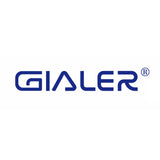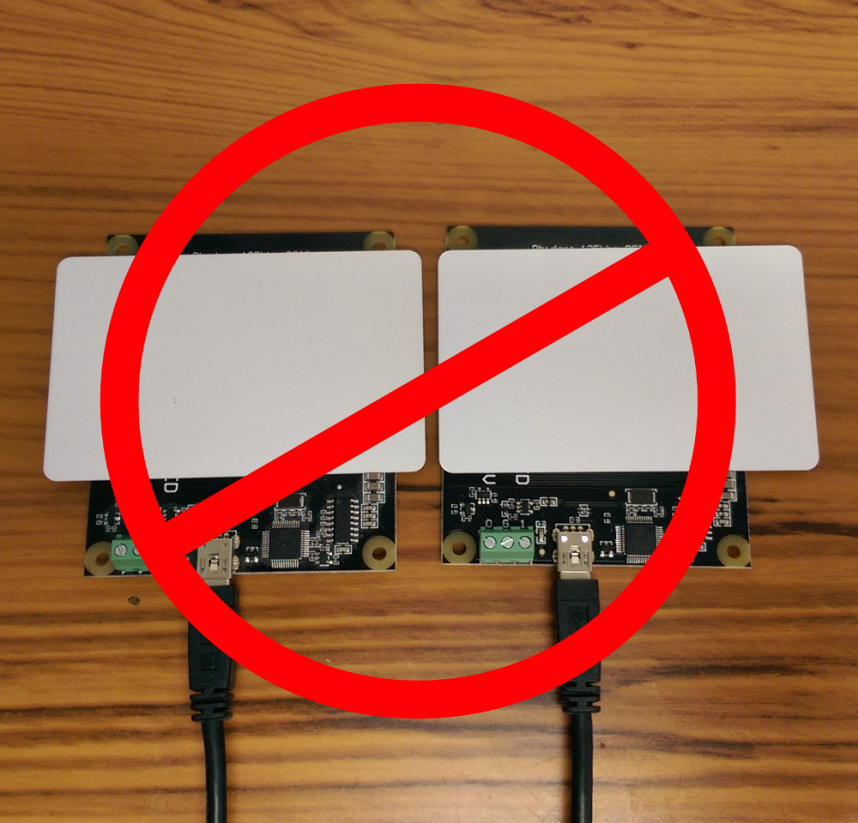Setting up multiple RFID (Radio-Frequency Identification) readers in close range can be a bit challenging due to potential interference and signal conflicts. However, it's possible to achieve this with careful planning and the right equipment. Here's a general guide on how to set up multiple RFID readers in close range:
1. Choose RFID Readers:
-
Select RFID readers that operate on different frequency bands or channels. Common RFID frequency bands include LF (Low Frequency), HF (High Frequency), and UHF (Ultra High Frequency). Using readers with different frequencies can help reduce interference.
-
Ensure that the RFID readers support the same communication protocols, such as EPC (Electronic Product Code) for UHF RFID.
2. Antenna Placement:
-
Position the RFID readers at an appropriate distance from each other to minimize interference. The exact distance will depend on the reader's power output and antenna characteristics.
-
Install antennas with a proper orientation. Orienting the antennas correctly can help focus the RFID signal and reduce overlap.
-
Use directional antennas when possible to limit the read range in specific directions.
3. Adjust Reader Settings:
-
Configure each RFID reader with unique settings, such as different frequencies or channels. Ensure that they do not overlap in terms of frequency or channel usage.
-
Adjust the reader's power output to an appropriate level. Lowering the power output can help limit the read range and reduce interference with nearby readers.
4. Time Division or Reader Collision Avoidance:
-
Implement a time division approach to reader operation. This involves having readers take turns to read tags, reducing the chances of collision.
-
Use anti-collision algorithms supported by the RFID reader to avoid simultaneous tag readings.
5. Test and Optimize:
-
Conduct extensive testing to ensure that the setup works as expected. Test different tag densities and reader configurations to identify any interference issues.
-
Fine-tune the reader settings and antenna positions as needed to optimize performance.
6. Shielding and Filtering:
-
Consider using shielding materials or enclosures to isolate the readers from each other physically.
-
Use bandpass filters or other RF filters to reduce interference from unwanted signals.
7. Reader Synchronization:
- If possible, synchronize the readers to ensure they operate in harmony. Reader synchronization can help prevent collisions and improve overall system performance.
8. Monitoring and Maintenance:
- Regularly monitor the RFID system for interference or performance issues. Make adjustments as needed to maintain optimal performance.
9. Professional Assistance:
- For complex setups or large-scale RFID deployments, consider consulting with RFID experts or professionals who specialize in RFID system design and implementation.
Remember that the specific steps and equipment you need may vary depending on the RFID technology and readers you are using. Always refer to the manufacturer's documentation and guidelines for your specific RFID reader models for detailed setup instructions and best practices.









